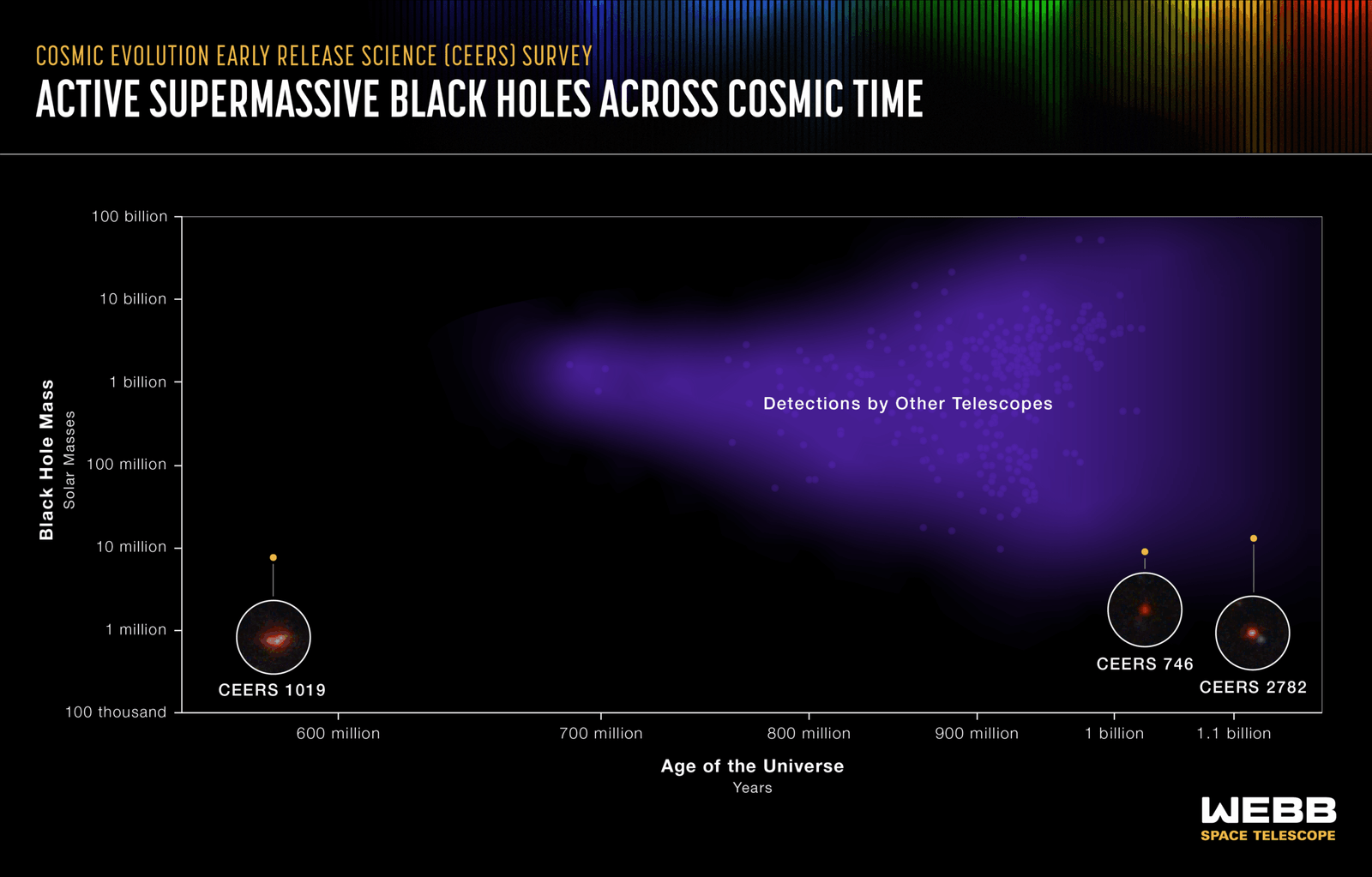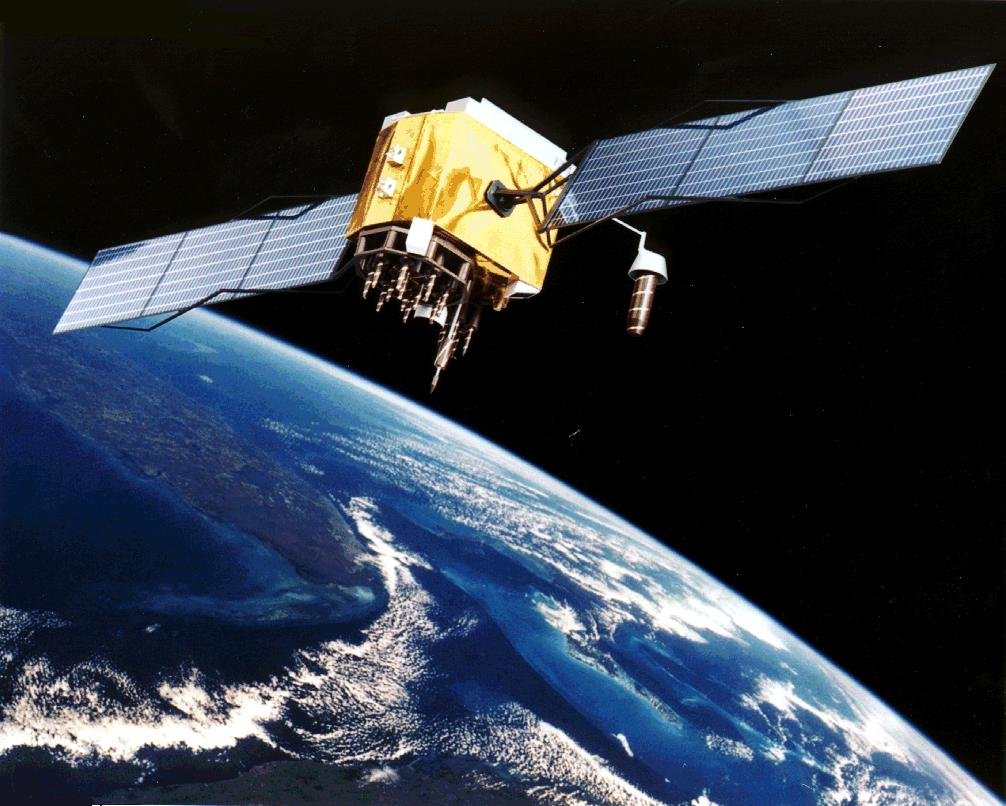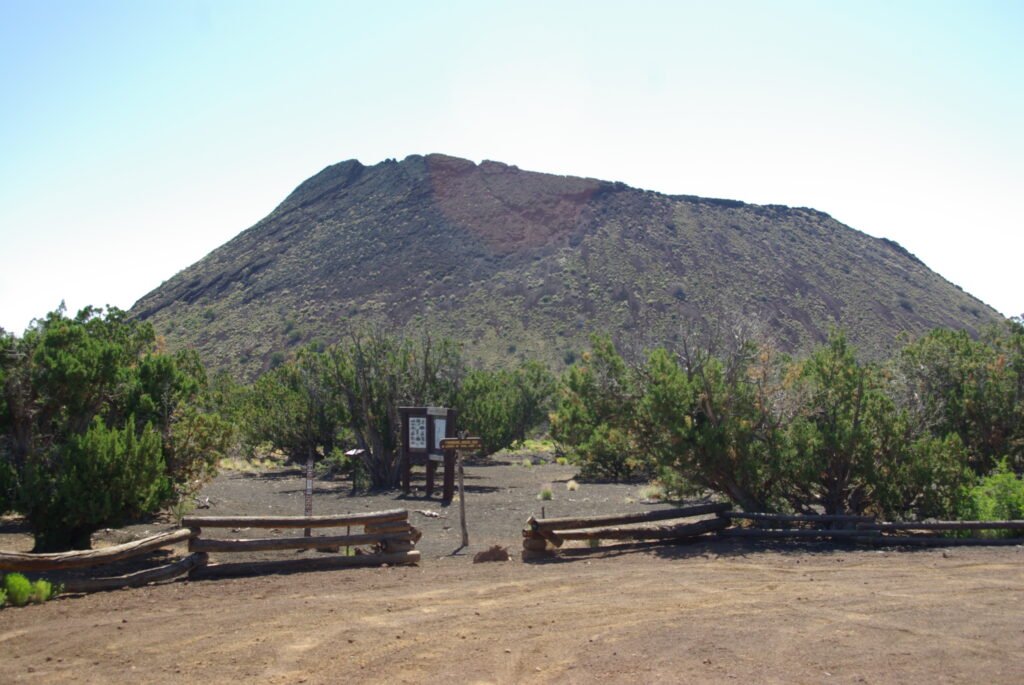Picture yourself standing at the edge of an infinite cliff, looking out into a vast abyss that seems to stretch forever. Now imagine that cliff is actually the boundary of everything we can possibly observe in our universe, and the abyss represents the mysterious regions beyond our cosmic reach. What would happen to time itself at such an unimaginable frontier? Recent scientific discoveries are revealing that time might not be the constant, universal flow we experience on Earth – instead, it could behave in dramatically different ways at the very edges of observable space.
The Nature of Time at Cosmic Distances

Think about the last time you checked your watch – that steady tick-tock feels so natural and universal, doesn’t it? But here’s where things get mind-bending: time dilation is the difference in elapsed time as measured by two clocks, either because of a relative velocity between them (special relativity), or a difference in gravitational potential between their locations (general relativity). At the edge of our observable universe, we’re dealing with distances so vast that our normal understanding of time completely breaks down. Quasars found in faraway galaxies ticked slower than ones born in the later, nearby universe, with time dilation making those most distant appear to run at a glacial one fifth of the standard speed. This means that processes happening billions of light-years away are literally unfolding in slow motion compared to what we experience here on Earth. It’s like watching a movie in super slow-mo, except this movie is the actual universe itself.
What Defines the “Edge” of the Universe

When we talk about the “edge” of the universe, we’re not referring to some cosmic brick wall floating in space. The particle horizon, also called the cosmological horizon, the comoving horizon, or the cosmic light horizon, is the maximum distance from which light from particles could have traveled to the observer in the age of the universe. It represents the boundary between the observable and the unobservable regions of the universe, so its distance at the present epoch defines the size of the observable universe. Picture a sphere of visibility around Earth – that’s our observable universe, roughly 46 billion light-years in radius. Beyond this boundary lies regions we simply cannot see because light from there hasn’t had enough time to reach us since the Big Bang. This means that the light from the first has not yet reached the second because the universe is only about 13.8 billion years old. In a more general sense, there are portions of the universe that are visible to us, but invisible to each other, outside each other’s respective particle horizons. It’s like trying to see around a corner that’s constantly moving away from you.
Einstein’s Relativity and Cosmic Time Dilation

Albert Einstein revolutionized our understanding of time with his theories of relativity, showing us that time isn’t the fixed backdrop we once believed it to be. These relativistic cosmologies center on Einstein’s theory of general relativity, which maintains that time is not an absolute. One’s position relative to gravitational fields may alter the passage of time, with time passing slower for one near a massive object than for one further away from that object. Imagine time as a river – near massive objects like black holes, this river slows to a crawl, while in empty space, it flows more freely. In a first, astronomers have observed time ticking in slow motion in the early cosmos, confirming Albert Einstein’s century-old ideas about the reality-warping effects of our universe’s expansion. By tracking the flickering glows of luminous matter swirling through galaxies when the universe was a mere one billion years old (less than a tenth of its present age), two researchers have found that events back then appear to have unfolded at a pace five times slower than normal. This discovery proves that Einstein was right – time truly behaves differently depending on where you are in the universe.
The Observable Universe’s Time Gradient

Here’s where things get truly fascinating: as we look deeper into space, we’re also looking back in time, creating a kind of temporal gradient across our observable universe. When we observe a galaxy at redshift z, general relativity predicts that we see its time dilated by a factor 1+z. That is, some physical process which takes a proper time t₀, will be observed to take a time t = t₀(1+z). Think of it like climbing a mountain where each step up represents looking further back in time, and the air gets “thicker” – time itself becomes more sluggish. A good example of this is the time it takes for the brightness of a supernova to decline; a supernova at z=1 declines half as fast as a local (i.e. z=0) supernova. This means a stellar explosion that might last weeks from our perspective could appear to unfold over months when viewed from the early universe. The universe is essentially running a cosmic slow-motion replay of its own history.
Gravitational Effects on Time at Universal Scales

Gravity doesn’t just bend space – it bends time too, and on cosmic scales, this effect becomes truly dramatic. Gravitational time dilation is a fascinating concept in physics that describes how time passes differently in regions with different gravitational forces. According to Einstein’s theory of general relativity, the force of gravity is not a force in the traditional sense but rather a curvature of space-time caused by the presence of mass or energy. This curvature affects the motion of objects and also the passage of time. Imagine the universe as a vast trampoline with bowling balls scattered across it – each ball creates a dip, and time flows slower in those dips. Some creationists have appealed to the concept of time dilation, theorizing that certain cosmological models may allow for a relatively rapid passage of time (on the order of several billion years) in the distant reaches of the universe while only six days of time elapsed on earth during the Creation Week. This, they claim, can account for how starlight from galaxies billions of light years away could have reached earth. While this particular interpretation is debated, it illustrates just how dramatically gravitational time dilation can affect our understanding of cosmic timescales.
The Horizon Problem and Cosmic Connectivity

One of the biggest puzzles in cosmology is the horizon problem – and it’s directly related to how time flows differently across the universe. The horizon problem describes the fact that we see isotropy in the CMB temperature across the entire sky, despite the entire sky not being in causal contact to establish thermal equilibrium. This coordination implies that the entire sky, and thus the entire observable universe, must have been causally connected long enough for the universe to come into thermal equilibrium. Picture trying to synchronize a billion clocks scattered across a football field, but you can only communicate at walking speed. So the natural expectation for the very early universe is that there should be a large number of small, causally disconnected regions that will be in poor thermal equilibrium. The central question is: just how large was the horizon when the CMB was emitted? Since the universe was about 300,000 years old at recombination, the horizon size then was about 300,000 light years. This problem shows us that our understanding of time’s flow in the early universe is crucial to explaining why the cosmos looks so uniform despite regions that should never have been able to communicate with each other.
Cosmic Microwave Background and Time’s Ancient Echo

The cosmic microwave background (CMB) is like a baby photo of the universe, frozen in time from when the cosmos was just 380,000 years old. About 380,000 years after the Big Bang, the universe was cool enough that hydrogen could form. Because the CMB photons are barely affected by hitting hydrogen, the photons travel in straight lines. Cosmologists refer to a “surface of last scattering” when the CMB photons last hit matter; after that, the universe was too big. So when we map the CMB, we are looking back in time to 380,000 years after the Big Bang, just after the universe was opaque to radiation. Imagine looking at the glow from an old campfire that’s been traveling toward you for billions of years – that’s essentially what the CMB represents. Since the time when that radiation was released, the Universe has expanded, becoming at the same time cooler and cooler. The cosmic background has been affected by the same process: it has expanded and cooled down. Space has ‘stretched’ itself, and with it all length scales. This ancient light carries information about how time flowed in the very early universe, when physical processes operated under completely different conditions than today.
Dark Energy’s Role in Cosmic Time

Dark energy – that mysterious force driving the universe’s accelerating expansion – might be fundamentally altering how time flows at cosmic scales. In a universe that is dominated by dark energy which is undergoing an exponential expansion of the scale factor, all objects that are gravitationally unbound with respect to the Milky Way will become unobservable. Think of dark energy as an invisible force constantly stretching the fabric of space-time itself, like pulling on a rubber sheet from all directions. Today the universe is 72.6 percent dark energy, 22.8 percent dark matter, and 4.6 percent atoms. This means that most of our universe consists of components we don’t fully understand, and these mysterious substances are actively shaping how time behaves on the largest scales. As dark energy continues to accelerate cosmic expansion, it’s creating an ever-growing bubble around us beyond which signals from distant regions will become increasingly diluted and red-shifted until they effectively disappear from our observable universe. While we will continue to receive signals from this location in space, even if we wait an infinite amount of time, a signal that left from that location today will never reach us. The signals coming from that location will have less and less energy and be less and less frequent until the location, for all practical purposes, becomes unobservable.
Quantum Effects and Time at Universal Boundaries

At the very edges of the observable universe, quantum mechanics begins to play increasingly important roles in how time behaves. The contenders for generation mechanism are (i) “zero point” quantum noise in scalar and tensor fields that must be there in the early universe if quantum mechanics is applicable and (ii) topological defects that may arise in the inevitable phase transitions expected in the early universe. Imagine the universe’s edge as a place where the normal rules start to blur, like standing at the boundary between two different worlds. The imprint reflects ripples that arose as early, in the existence of the universe, as the first nonillionth (10⁻³⁰) of a second. Apparently, these ripples gave rise to the present vast cosmic web of galaxy clusters and dark matter. These quantum fluctuations from the universe’s earliest moments continue to influence how time flows at the largest scales. It’s as if the universe still carries scars from its violent birth, and these scars affect how clocks tick differently in various regions of space.
The Speed of Light and Temporal Boundaries

Light speed sets the ultimate limit on how fast information can travel through the universe, creating natural boundaries for how time flows across cosmic distances. Here, you’d experience maximum time dilation. Everyone on Earth would clock you at the speed of light, but from your reference frame, time would completely stop. That’s because the “clocks” measuring time are in two different places going vastly different speeds: the photon moving at the speed of light, and the comparatively slowpoke speed of Earth going around the Sun. Picture trying to have a conversation with someone who’s moving away from you at nearly light speed – their words would become increasingly stretched out and red-shifted until they fade into silence. What’s more, when you’re traveling at or close to the speed of light, the distance between where you are and where you’re going gets shorter. That is, space itself becomes more compact in the direction of motion – so the faster you can go, the shorter your journey has to be. This creates a fundamental asymmetry in how time flows depending on your motion relative to distant cosmic objects. The faster you move through space, the slower you move through time – and at the cosmic edge, these effects become extreme.
Measuring Time Across Cosmic Distances

Actually measuring how time flows differently across the universe presents enormous technical challenges that push our instruments to their absolute limits. The lifetime of particles produced in particle accelerators are longer due to time dilation. In such experiments, the “clock” is the time taken by processes leading to muon decay, and these processes take place in the moving muon at its own “clock rate”, which is much slower than the laboratory clock. This is routinely taken into account in particle physics, and many dedicated measurements have been performed. For instance, in the muon storage ring at CERN the lifetime of muons circulating with γ = 29.327 was found to be dilated to 64.378 μs, confirming time dilation to an accuracy of 0.9 ± 0.4 parts per thousand. These laboratory experiments give us confidence in our theoretical predictions about cosmic time dilation. Katie Mack, an astrophysicist who holds the Hawking Chair in Cosmology and Science Communication at the Perimeter Institute for Theoretical Physics in Ontario, says that these findings provide clarity on various uncertainties surrounding quasar behavior. Specifically, the study confirms that quasars align with consensus expectations—and it reinforces the need for astronomers to consider time dilation when studying them. “This is the first time that the effect of time dilation has been clearly observed with quasars, and it’s comforting to know that there’s nothing bizarre happening there,” says Mack. These observations represent decades of painstaking work to verify Einstein’s predictions on cosmic scales.
Practical Implications for Space Technology

The strange behavior of time at cosmic distances isn’t just theoretical – it has real implications for any future technology that might operate at the edge of our observable universe. The Global Positioning System can be considered a continuously operating experiment in both special and general relativistic time dilation. The in-orbit clocks are corrected for both special and general relativistic time dilation effects as described above, so that (as observed from the Earth’s surface) they run at the same rate as clocks on the surface of the Earth. If GPS satellites require constant time corrections just from being a few hundred miles above Earth, imagine the challenges for any hypothetical probe venturing toward the cosmic horizon. Communication delays would stretch from minutes to hours to eventually becoming completely impossible as signals become too weak and red-shifted to detect. Relative to the atomic time scale of the U.S. Naval Observatory, the flying clocks lost 59±10 nanoseconds during the eastward trip and gained 273±7 nanoseconds during the westward trip. These precision measurements show that even small differences in velocity and gravitational potential can create measurable time effects – effects that would become astronomical at the edge of the observable universe.
The Universe’s Expansion and Temporal Stretching

As the universe expands, it doesn’t just stretch space – it stretches time itself, creating a dynamic interplay between cosmic growth and temporal flow. The standard way of defining the passage of time in cosmology is in terms of a clock that is at rest relative to the average motion of matter (CMB, Hubble flow). The universe is very nearly homogeneous, so there is nothing to break the symmetry between two such clocks that are located at different places. Think of the universe as a balloon being inflated, with clocks painted on its surface – as the balloon expands, the clocks get further apart, but they all continue to tick at the same rate relative to the balloon’s surface. As a side issue, you can’t apply the usual special-relativistic equation for kinematic time dilation to cosmology. This is because general relativity doesn’t have any unambiguous way of defining the velocity of one object relative to another object separated from it by a cosmological distance. I can say that galaxy A is moving away from galaxy B, or I can say that they’re both at rest and space is simply expanding between them, causing their distance from each other to increase. This expansion creates a fundamental ambiguity in how we measure time across cosmic distances. Are distant galaxies moving away from us through space, or is space itself expanding and carrying them along? The answer affects how we calculate time dilation effects at the universe’s edge.
Black Holes and Extreme Time Dilation at Cosmic Scales

Black holes scattered throughout the universe create pockets of extreme time dilation that could profoundly affect how time flows at cosmic boundaries. In Interstellar, a key plot point involves a planet, which is close to a rotating black hole and on the surface of which one hour is equivalent to seven years on Earth due to time dilation. Physicist Kip Thorne collaborated in making the film and explained its scientific concepts in the book The Science of Interstellar. While this represents an extreme fictional scenario, real black holes throughout the universe do create significant gravitational time dilation effects.



